Parts of the Wings | Horizontal and Vertical Stabilizers
Whenever you look at a pair of an aircraft's wings, you will immediately notice that it is not made as one single solid piece. It has a variety of movable parts in it which help in the control of the aircraft. This also includes the Horizontal and Vertical Stabilizers. Let's look at them in more detail.
Ailerons
The ailerons can be moved in the wings only in the upward or downward direction. The ailerons are present in each pair of wings and they always move in opposite directions.
This means that if one goes down, the other moves up and vice versa. They help to bring the roll movement in an airplane. They work along with the rudder to help the airplane to turn.
Some large and heavy aircraft have two ailerons in each wing. In such cases, the outer aileron is called the outboard aileron and the aileron present in the inner side is called the inboard aileron or the flaperon. These heavy aircraft have large wingspans. Therefore, two ailerons are necessary to prevent bending and tension on the wings. Examples of airplanes having two ailerons in each wing include the Boeing 787 and the Boeing 777.
Flaps
Flaps are parts of the wings that can be extended or retracted. They are extended according to the desired angle. They help to provide lift force for the airplane to fly. They are present at the back side of the wings. They are extended for take-off, approach and landings alone. They remain retracted at cruise for the whole time.
Slats
The slats are similar to the flaps. They are located in the front side of the wings. They can be extended and retracted just like the flaps. They are extended only during take-offs. They remain retracted for the rest of the whole flight. They also help to provide lift force.
Spoilers
They are the parts of the wings that help to increase the drag force on an aircraft. They are retracted for slowing down the aircraft. The major time when they are used are during the landings. They are also retracted sometimes during mid-flight to slow down the airplane.
Vertical Stabilizer
It is the fin-shaped part at the rear end of the airplane. They help to maintain a fixed direction of motion of the airplane. They also bear the rudder attached to them. They also help to provide lift force during the roll of the aircraft. On most airplanes, the airline logo is also painted on this part.
Rudder
The rudder is the movable part present in the vertical stabilizer. They are able to move sideways. They help to overcome the yaw force produced during the roll of the aircraft. It is due to the rudder's movement and the centrifugal force that the aircraft is able to change its direction mid-air.
Horizontal Stabilizers
The horizontal stabilizers help to maintain the angle of the nose pointing upwards or downwards. They also bear the elevators that help to increase or decrease the angle of the nose pointing upwards or down. They are also used in stabilizer trimming to recover from adverse stalls.
Elevators
The elevators help the aircraft to point up or down. This is necessary for the climb and descent of the aircraft. The elevators on both sides go up or down at the same time.
Recap Diagram
Also read:
Amazing Mechanics Of Airplane:
The maximum thickness and also the thickness distribution powerfully influence the mechanics characteristics of the aerofoil section.
The most elevate constant for associate degree aerofoil section will increase because the maximum thickness of the aerofoil will increase.
In addition the thicker airfoils profit additional from the utilization of high elevate devices however have a lower vital Mach number.
The maximum native rate to that a fluid particle accelerates because it flows around associate degree aerofoil section will increase because the maximum thickness will increase.
Thus, the minimum pressure worth is smallest for the thickest aerofoil. As a result, the adverse pressure gradient related to the retardation of the ensue the situation of this pressure minimum to the edge is greatest for the thickest aerofoil.
As adverse pressure gradient becomes larger, the physical phenomenon becomes thicker (and is additional probably to separate manufacturing comparatively massive values for the shape drag).
Thus, the helpful effects of skyrocketing the most thickness square measure restricted. The thickness distribution for associate degree aerofoil affects the pressure distribution and also the character of the physical phenomenon.
As the location of the most thickness moves once the speed gradient (and therefore the pressure gradient) within the midchord region decreases.
The resultant favorable pressure gradient within the midchord region promotes physical phenomenon stability and will increase the likelihood that the physical phenomenon remains stratified .
stratified boundary layers manufacture less skin friction drag than turbulent boundary layers however also are additional probably to separate below the influence of associate degree adverse pressure gradient.
A information of the principles of mechanics – and significantly of the importance and which means of the force of gravity, of accelerated motion, of centripetal and force and motion on arched methods – can facilitate North American nation to know the movements associate degreed manoeuvres of an plane.
This information also will help North American nation to know the movement of satellites and artificial satellite.




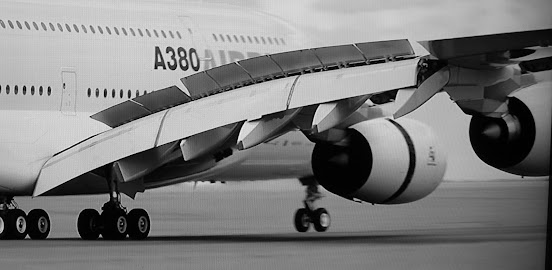
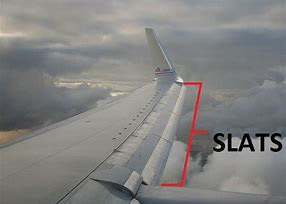
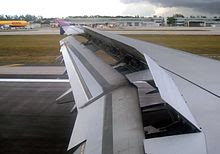
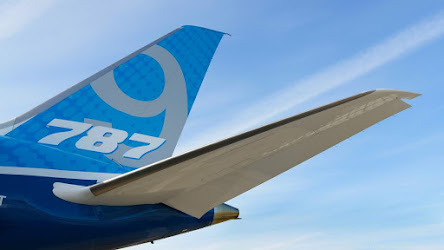

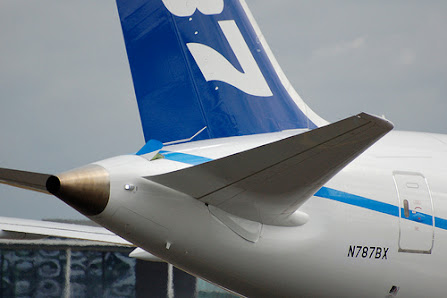
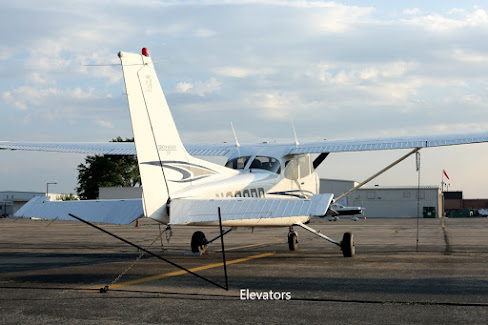
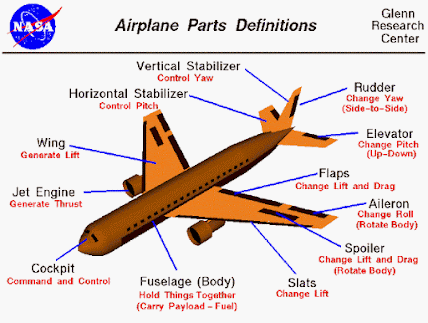





0 Comments